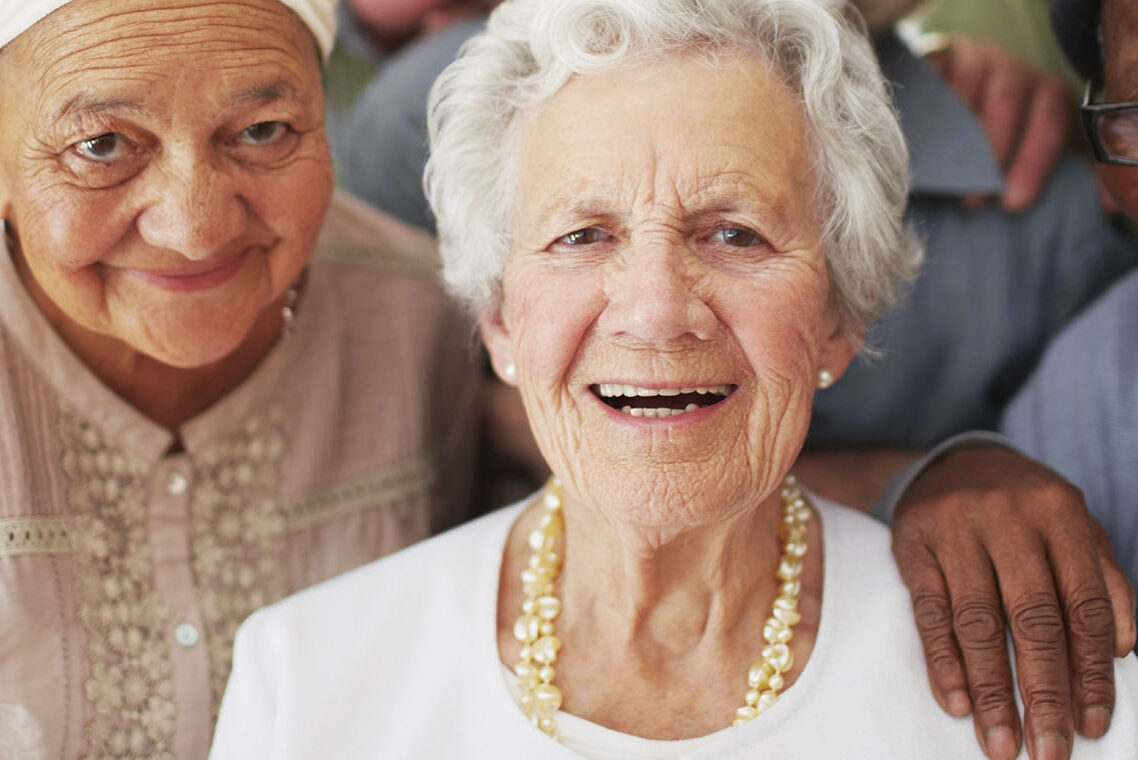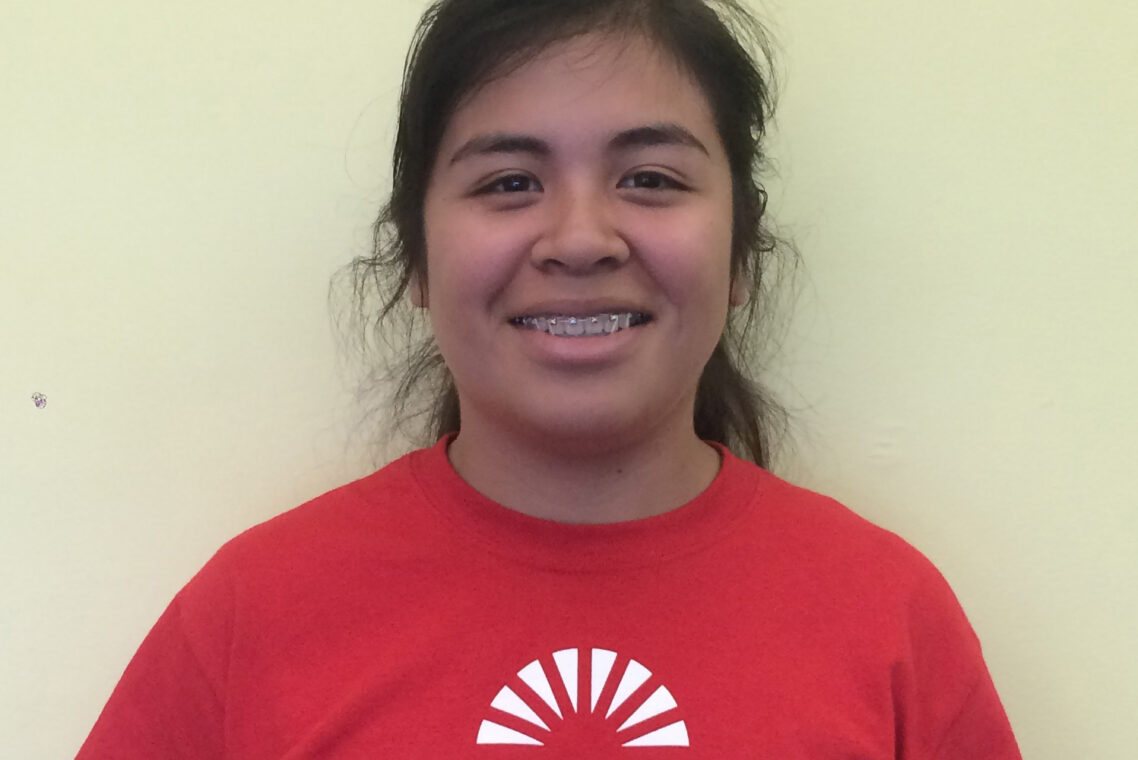It’s rare that a simple purchase has a long-lasting impact on your life. But for Hermosa Beach resident Julian Katz, purchasing a bicycle 27 years ago sent him pedaling down a path that eventually landed him the well-earned nickname of “Cycling King of Hermosa Beach.” During the past three decades, Julian worked tirelessly as a community advocate for safer streets and respectful use of the roads for everyone. His efforts led to the installation of 40-plus miles of bikeways throughout seven separate cities in the South Bay, including the first bikeway in the Beach Cities.
We sat down with Julian to see how he put his plan into gear to help make safe “Streets for All.”
Q: You’ve been referred to as the “Cycling King of Hermosa Beach.” How did you earn this title?
A: “When I first came out here, my wife was still in Philadelphia. The first weekend it seemed like there wasn’t much to do, so I figured I’d buy a bicycle. I hadn’t been on a bike in 30 years probably, so I started to just ride in the afternoons after work, and on the weekends. I just liked it.
I kept riding recreationally and about nine years ago, I became a Public Works Commissioner in Hermosa Beach. In that commission, I encouraged the department to form a subcommittee to see if we could develop a Bike Master Plan in Hermosa Beach, because I would ride a lot and see there were very few facilities for bicycles. So we formed a subcommittee with the Parks and Recreation Commission and developed the Hermosa Beach Bike Master Plan, which allowed us to put the first bikeway on Hermosa Avenue.
In the course of doing all of that, I got to know fellow cyclists in Manhattan Beach and Redondo Beach and we decided we would try to get seven cities together and develop a multi-city bike master plan, later called the South Bay Bicycle Master Plan. We corralled the seven cities (El Segundo, Manhattan Beach, Hermosa Beach, Redondo Beach, Torrance, Lawndale and Gardena) and got them to apply for a grant with the Los Angeles County Department of Public Health and they were awarded a quarter-million dollars.”
Q: What would you say was the biggest challenge in applying for the grant and getting seven cities to collaborate?
A: “After getting the grant, building the plan and getting it approved, we discovered the biggest obstacle is getting the cities to implement what they said they were going to do – set up 213 miles of bikeways by 2020 – and we’ve probably done only 30 or 40 miles. So there’s still a long way to go, and we’ve eaten up five years. So that’s the challenge.”
Q: For those who are not familiar with the South Bay Bike Coalition, can you explain your role with the organization and what the SBBC does?
A: “We created the South Bay Bike Coalition to apply for the grant. Our role has been constructive advocacy. We worked through the plan and are constructively advocating for its implementation. Jim Hannon was part of our coalition. He founded the Beach Cities Cycling Club and asked me to be the Vice President of that organization, so I fill that role too. Our objectives are very similar, but the cycling club isn’t meant for advocating. They are ride monitors and leaders who provide education. We’re in the midst of trying to merge the two organizations because it seems like a natural way to get people more into advocacy and to bring them together, so hopefully it will work out.”
Q: What is your favorite Blue Zones Project “Power 9 Principle?”
A: “I like Purpose. That’s been pretty important in my life. To have an objective, a goal and a plan. I’m an engineer, and we work pretty much according to a plan. We have a schedule, we write things down and we have a goal – it may not be today’s goal, but I try to stick with it. I don’t operate randomly very often.”
Q: What further improvements can be made to increase the livability of our streets?
A: “Making it safer for pedestrians – getting cars to slow down is a big one. We don’t need to drive as fast as we do. We’re going to get out of our cars whether we like it or not. By making the streets safer for pedestrians and cyclists, we can encourage younger people to ride or walk to school, get exercise and be healthier. It’s pretty clear from what I’ve read that if you get exercise in the morning, before you go to school, you’re far more alert when the day begins, and you’re more open to learning, instead of waking up during first period.”
Q: What can bicyclists as well as motorists do to help improve bike safety in the Beach Cities?
A: “The most important thing is to be respectful of any person with whom you share the road. We have a pamphlet called “Share the Road” – it’s rules of the road for cyclists and motorists. And that’s one of the things SBBC works for is to get people on bicycles to be respectful and not try to take the whole road. We have a lot of cyclists in the South Bay who like to ride fast in groups and not share the road, and they can be very aggressive. That’s not an effective way to get cooperation, so it’s really about mutual respect.”
Q: What sparked your transition from bicyclist to bicycling advocate?
A: “It wasn’t safe enough! I looked around at the rest of the world and a lot was happening to increase bike safety in Europe and other parts of the United States, but not much was happening in the South Bay. And it’s the perfect place! The weather is good all year around, but there was very little interest. So we worked to spark interest, and the number of people riding bikes has increased noticeably over the past 5 years, especially among women. So I’m doing what I can to help those new riders and make all rides safer.”
Q: If you could live in any of the original Blue Zones which would you choose?
A: “Oh, well I like Sardinia. We’ve been there! I loved the island. I like the beach. I have a boat, so why would I want to be in Loma Linda? You can have a boat in Sardinia, easily, but not inland like that.”
Q: Any words of advice to someone interested in biking in the Beach Cities?
A: “We always welcome new advocates and people who want to work with the public, cities, commissions and city councils to make the cities safer for everyone! We all can benefit from safer streets.”
— By Michael Lindsey, Communications Intern






